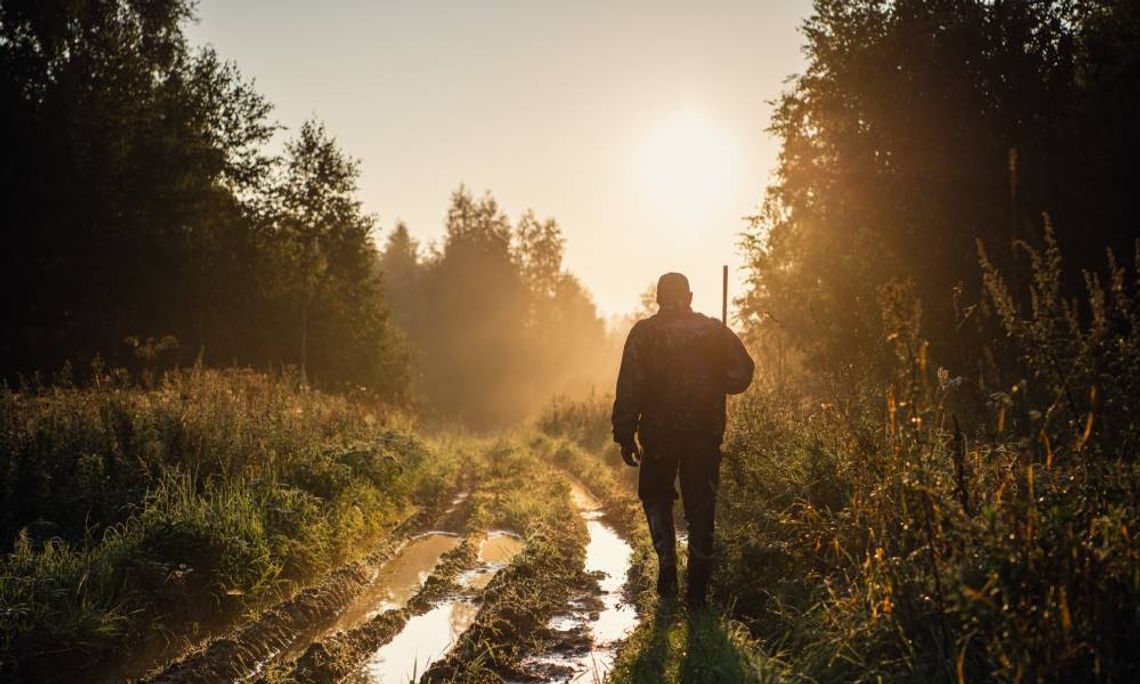Predator hunting can be an exhilarating outdoor adventure, offering both the challenge of tracking elusive creatures and the reward of honing one’s skills. However, it also presents a unique set of dangers that hunters must be aware of to ensure a safe and successful outing. Whether you’re a seasoned hunter or a novice, understanding these risks and how to mitigate them is crucial. Read on and learn the dangers to be aware of when predator hunting.
Unpredictable Animal Behavior
One of the primary dangers in predator hunting is the unpredictable nature of the animals themselves. Predators, such as coyotes and mountain lions, can exhibit erratic behavior when threatened or injured. A sudden change in behavior can lead to dangerous encounters if you’re not prepared. Hunters must maintain a safe distance and always have an escape route planned. Being aware of the animal’s behavior and body language can help you anticipate any sudden movements and react accordingly.
Terrain Challenges
Hunting predators often takes place in rugged and remote areas, which can present significant terrain challenges. Steep hills, dense forests, and rocky outcrops can pose hazards such as falls, twisted ankles, and other injuries. Familiarize yourself with the terrain before embarking on a hunt. Use topographical maps or GPS devices to navigate unfamiliar areas safely. Wearing appropriate footwear and carrying essential gear, such as a first-aid kit, can help you manage these terrain challenges effectively.
Weather Conditions
Weather can be unpredictable and can change rapidly, posing a threat to hunters in the field. Rain, snow, or extreme temperatures can create hazardous conditions, affecting visibility and mobility. Before heading out, check the weather forecast and dress in layers to adapt to changing conditions. Bring rain gear and insulated clothing to protect against the elements. Being prepared for weather-related challenges is crucial for maintaining your safety and comfort during a hunt.
Calling Predators
Using calls to attract predators is a common hunting tactic, but it can pose risks if not executed properly. Predators can approach quickly and from unexpected directions, potentially catching hunters off guard. When using calls, such as those used for bobcats, position yourself in a way that offers a clear view of the surroundings and a safe exit route. Understanding how to call bobcats and other predators effectively requires practice and knowledge of their behavior.
Now that you know the dangers to be aware of when predator hunting, you can take proactive measures to ensure your safety and success. Remember, staying informed is key to enjoying the thrill of predator hunting while staying safe in the great outdoors.


Comment
Comments